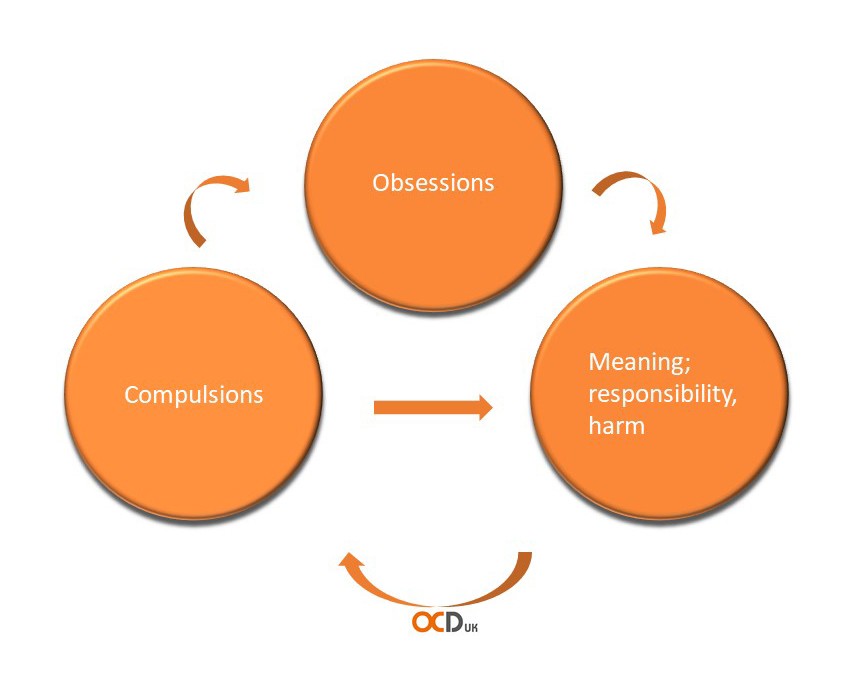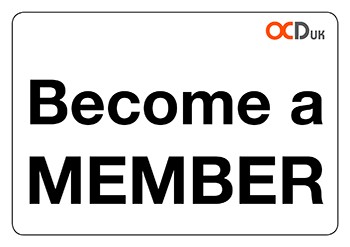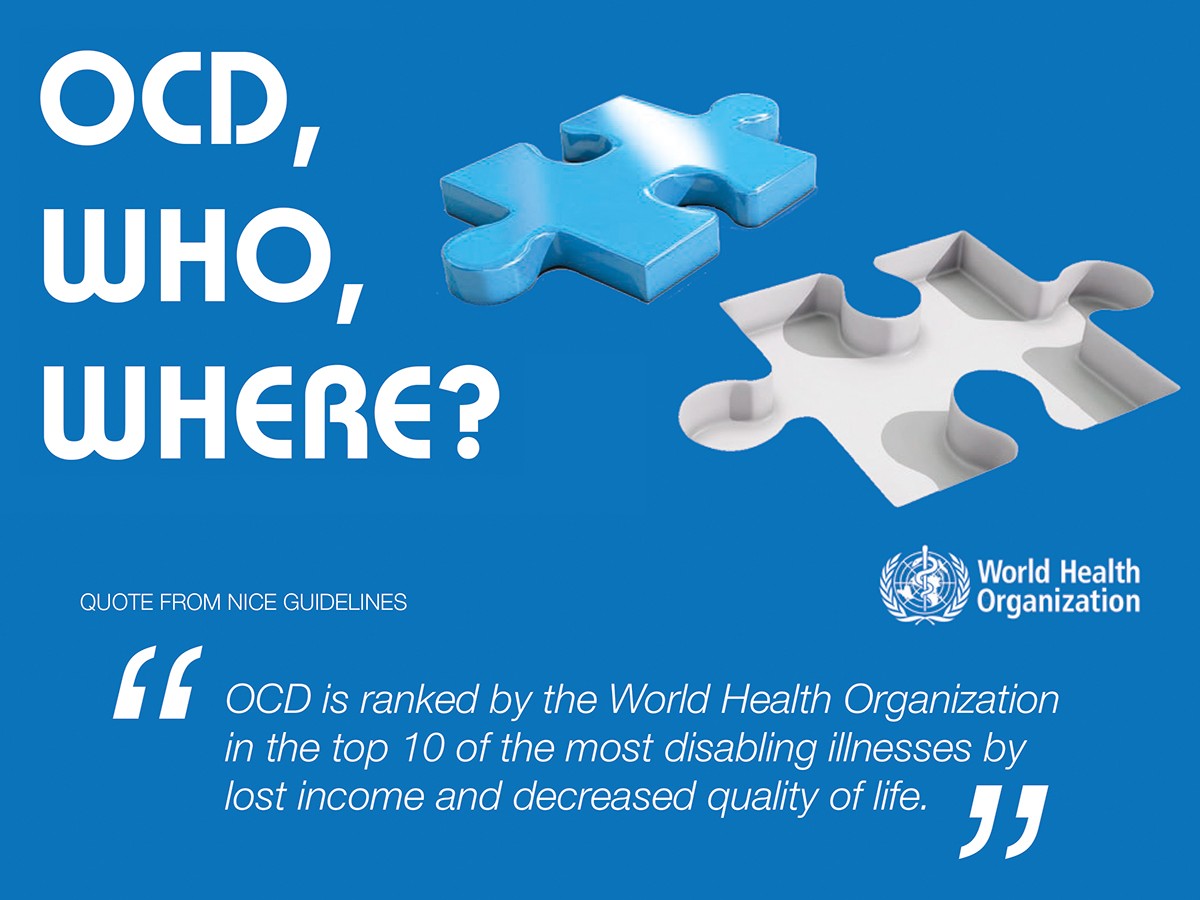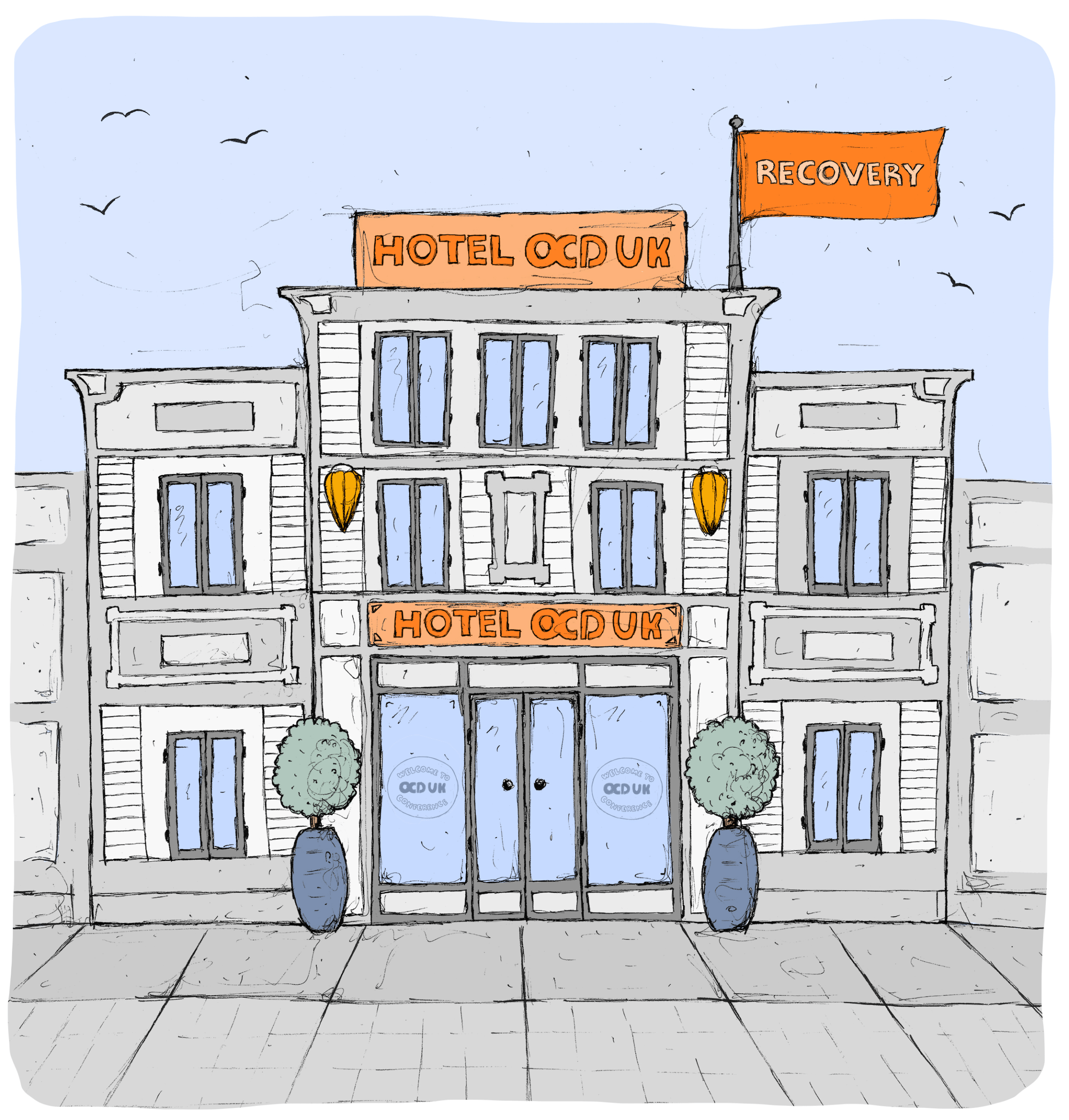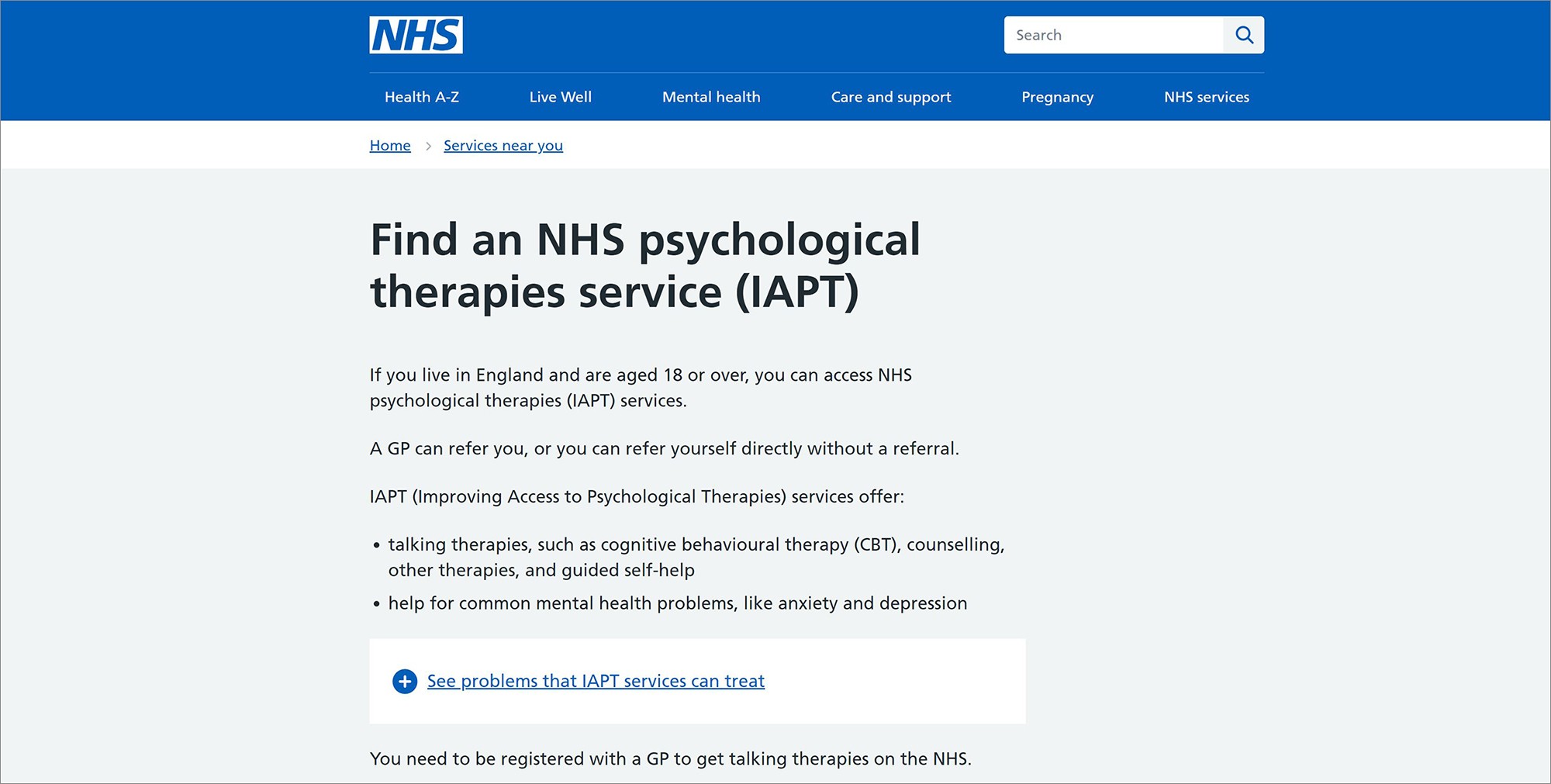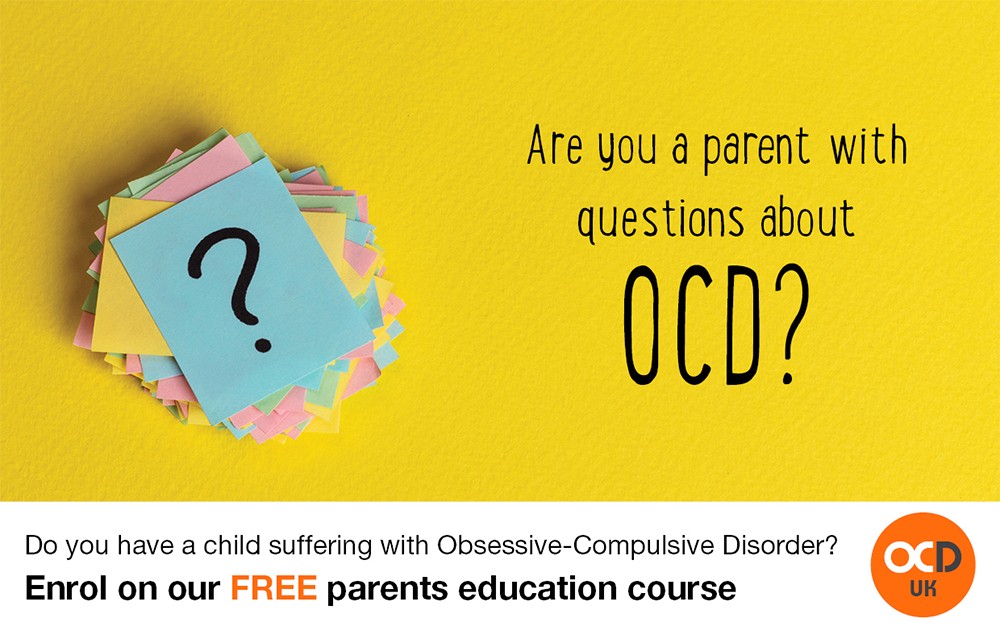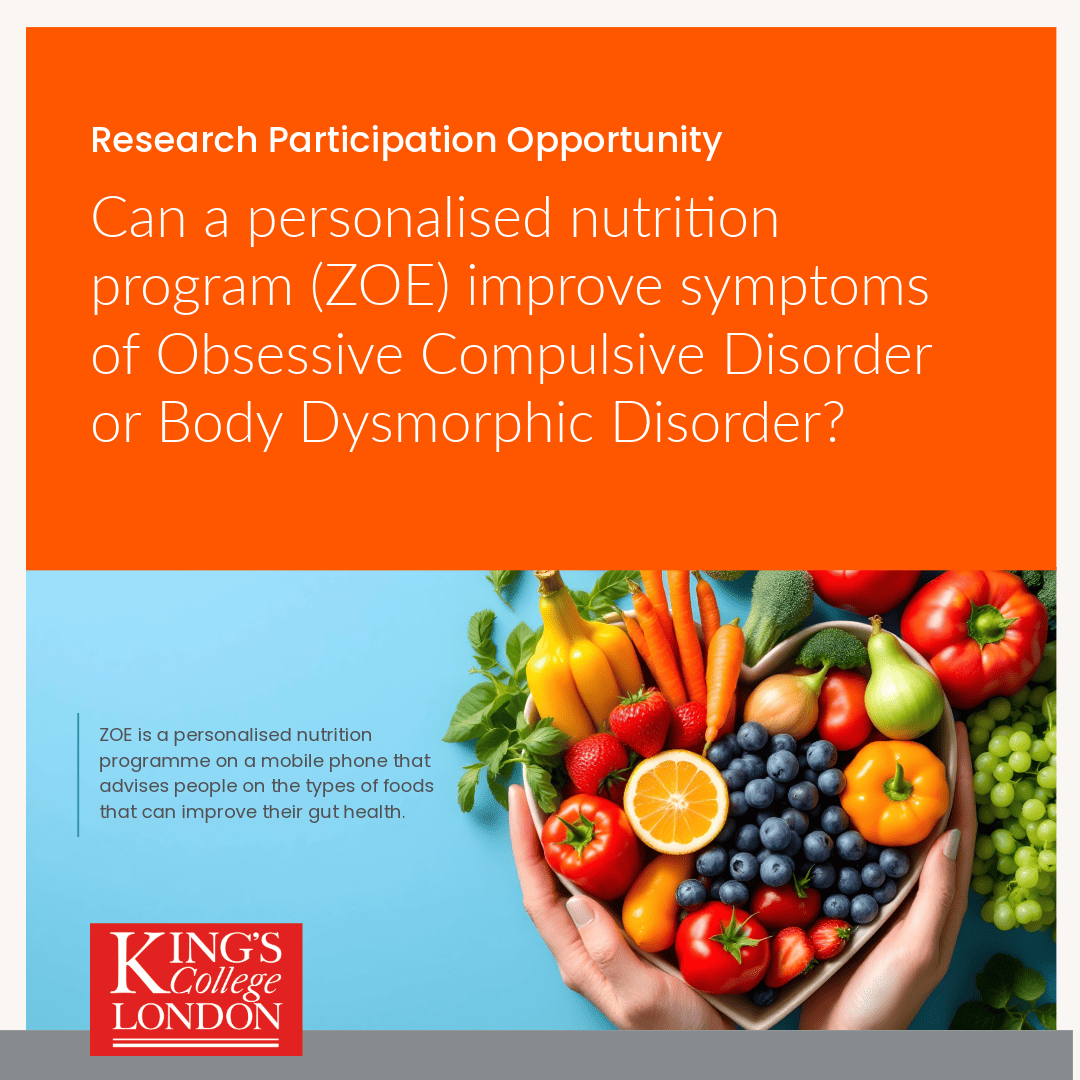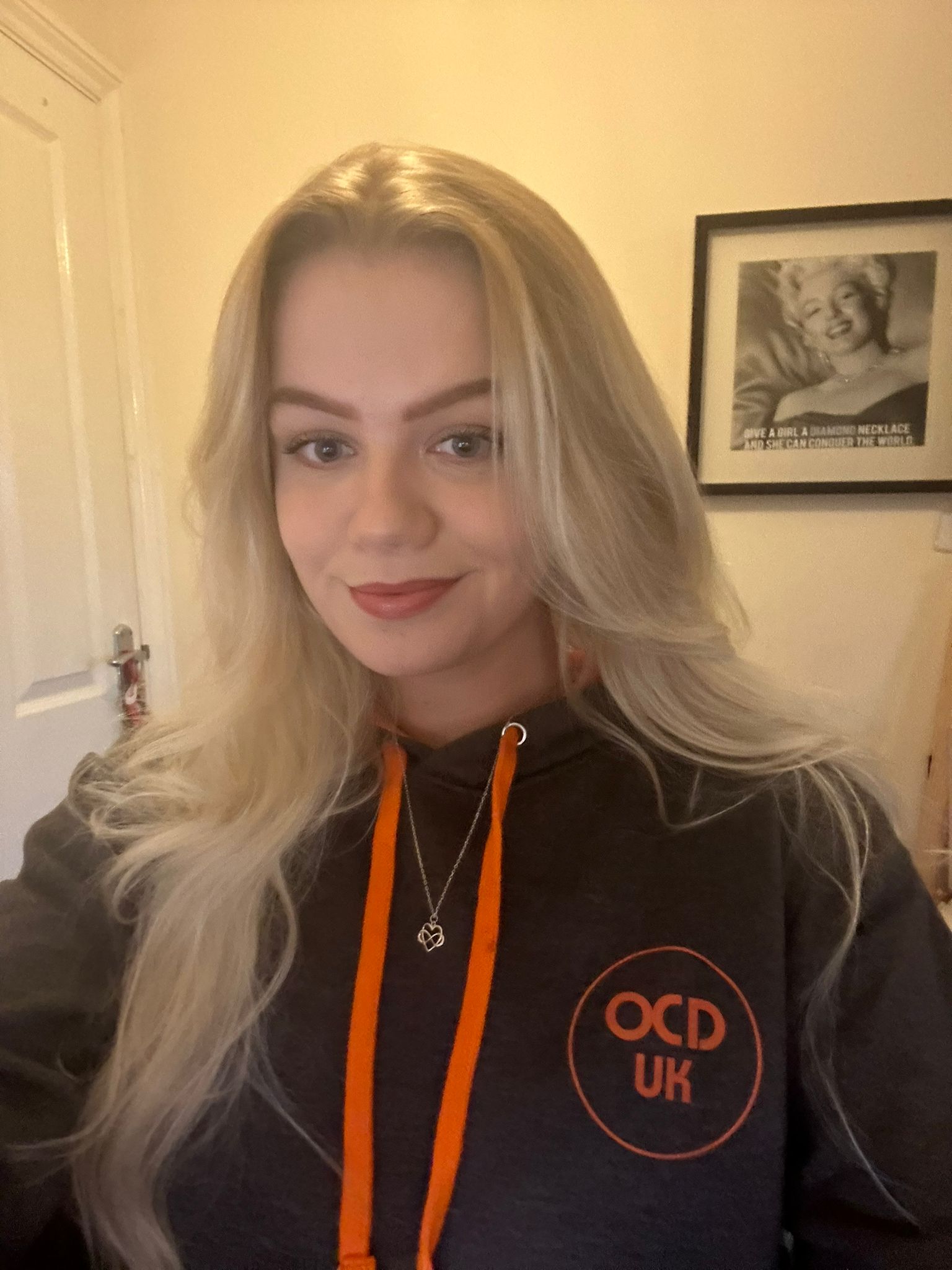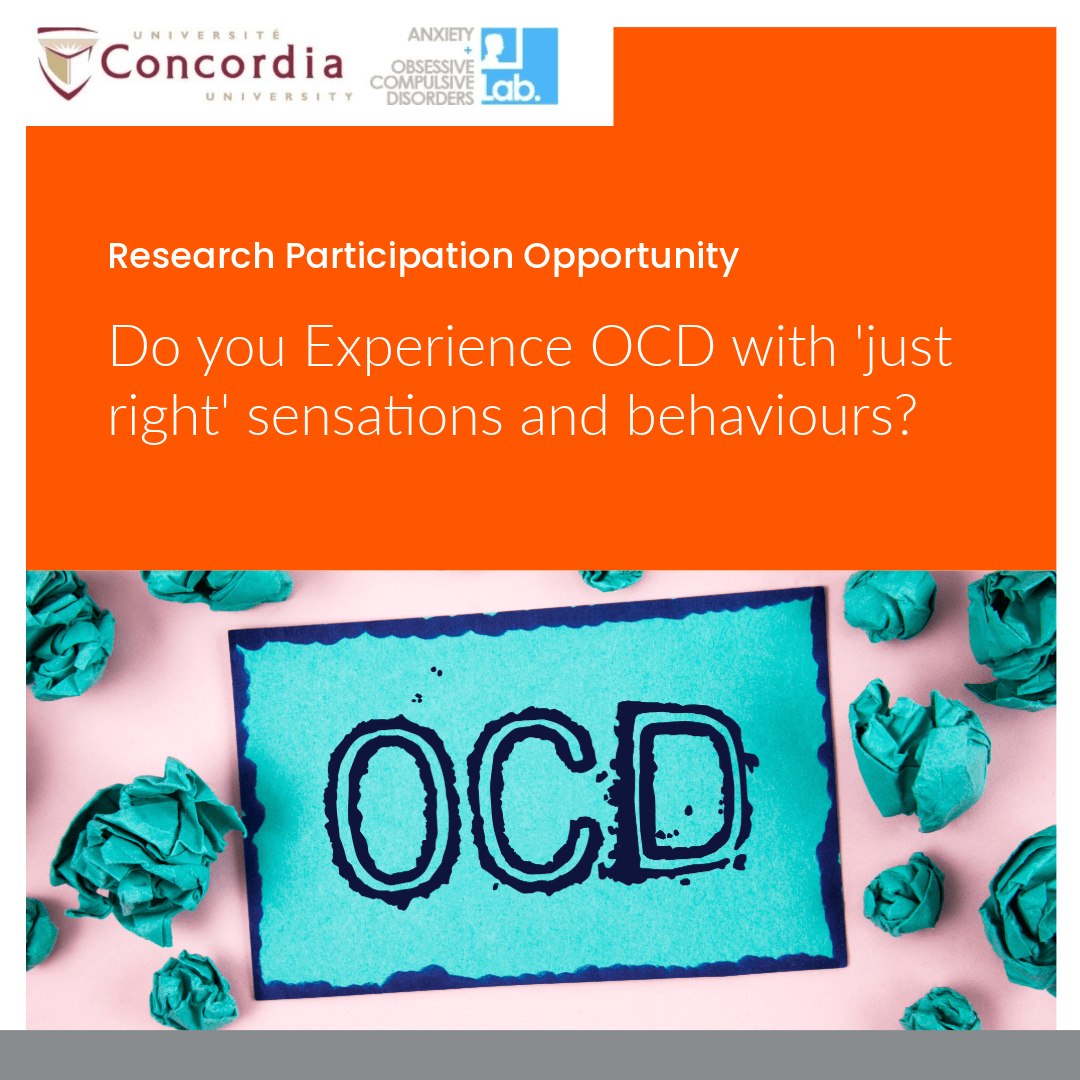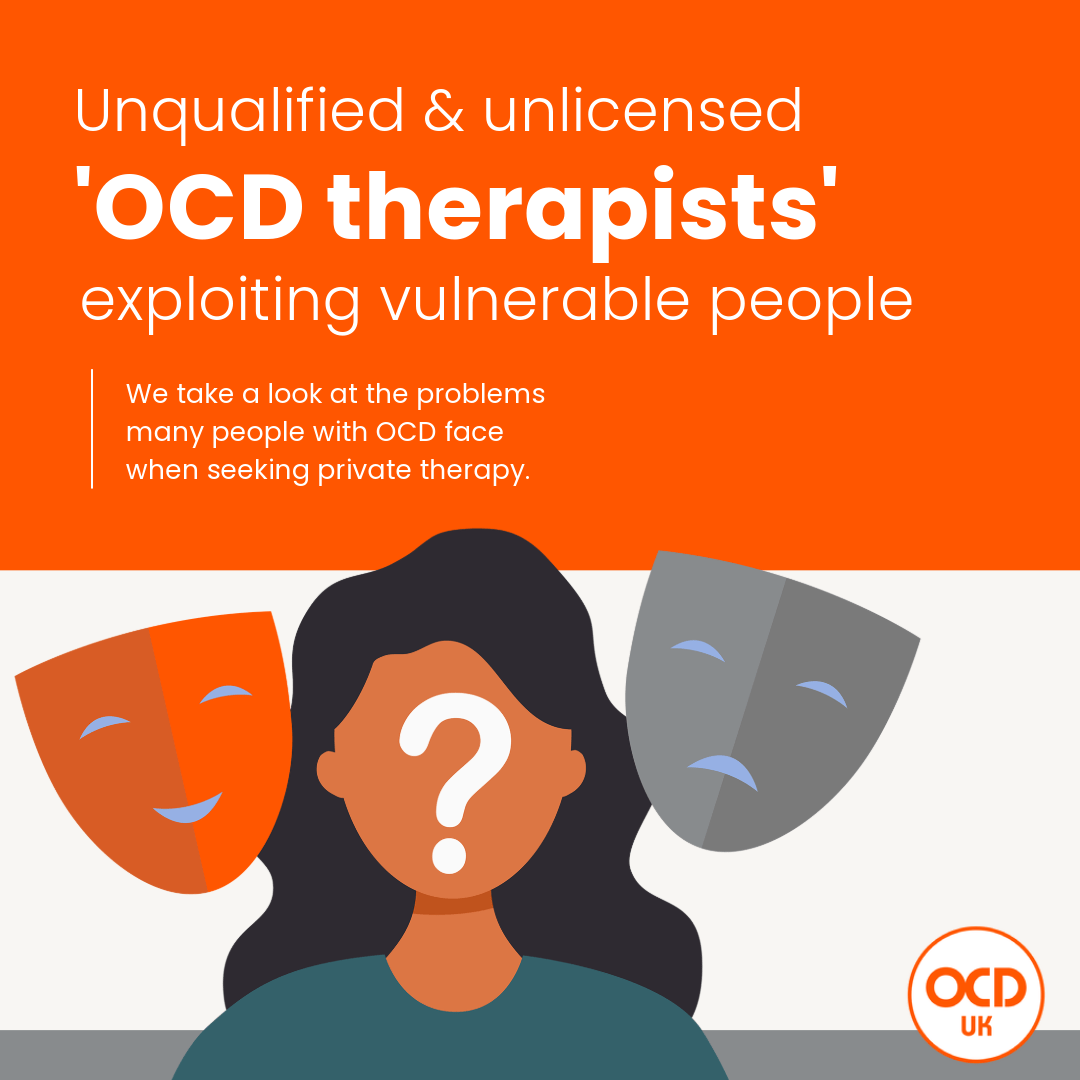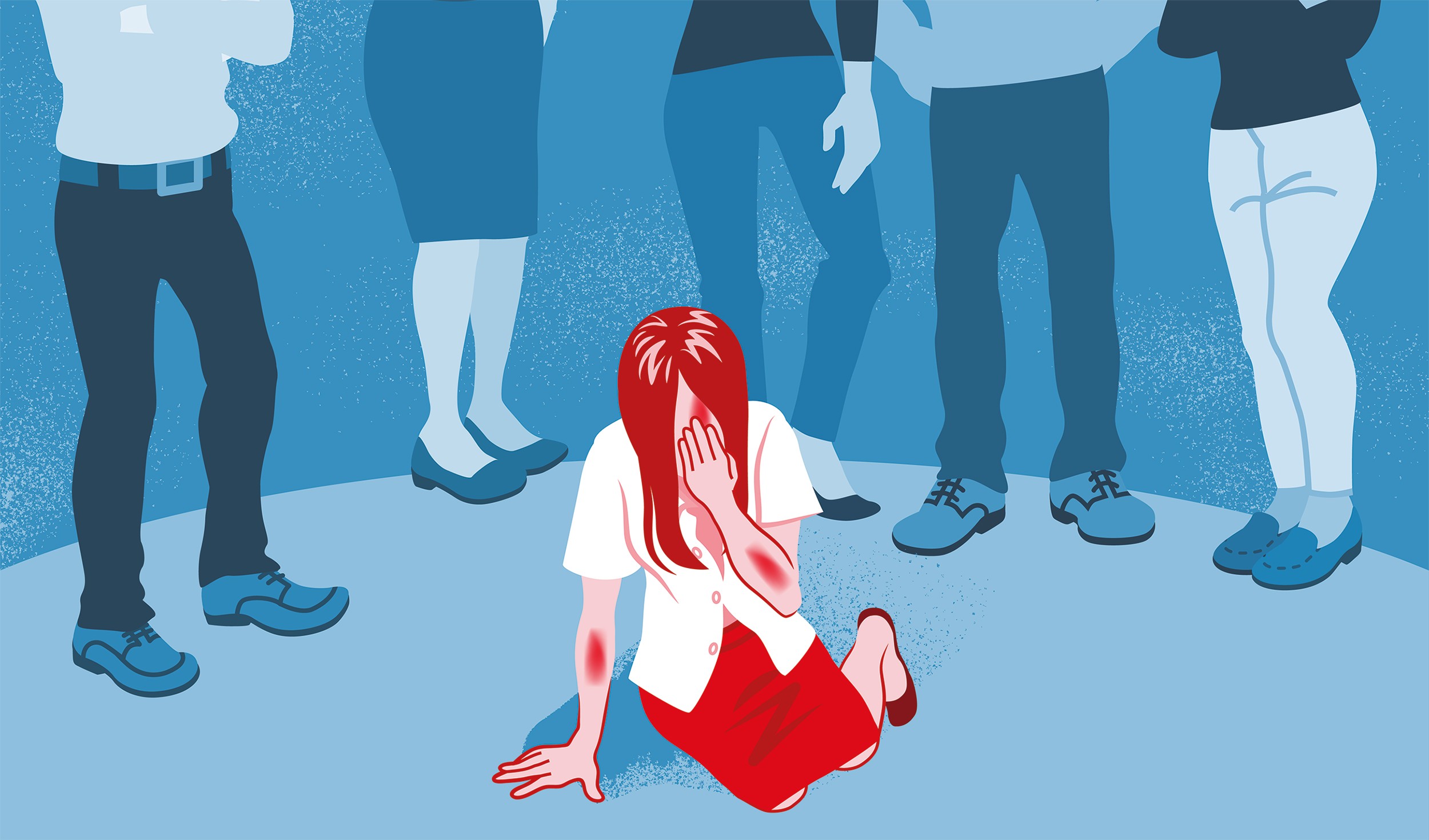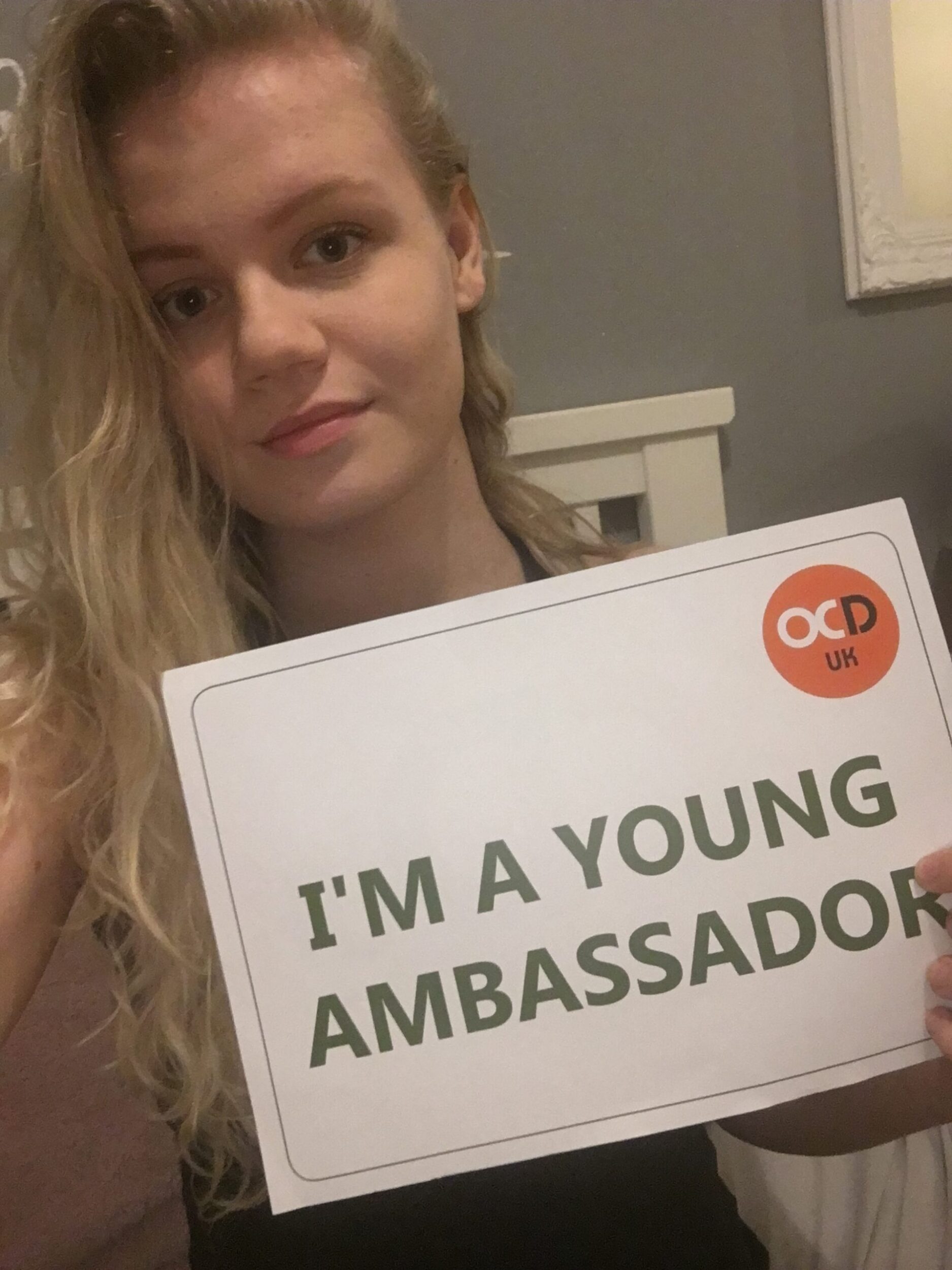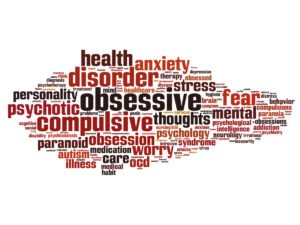 There are two significant aspects to OCD, obsessions and compulsions. The process of how with OCD our thoughts (obsessions) and our behaviours (compulsions) are entwined is far more complex, so we look at that later in this section, on this page we will help you understand what compulsions are.
There are two significant aspects to OCD, obsessions and compulsions. The process of how with OCD our thoughts (obsessions) and our behaviours (compulsions) are entwined is far more complex, so we look at that later in this section, on this page we will help you understand what compulsions are.
When someone is affected by Obsessive-Compulsive Disorder their natural response is to fight their unwanted and anxiety provoking intrusive thoughts with purposeful behaviours and deliberate actions (this includes both mental and physical actions, seeking reassurance and avoidance of people, places and objects), these behaviours are called compulsions.
Occasionally some people affected by OCD will report no obvious obsessive fear, just compulsions. In these rare cases, either the individual does not have OCD (OCD needs to include both obsessions and compulsions for a diagnosis) or most likely they did have an obsessive fear/worry originally, but it has been forgotten over time. Now, their obsession is that feeling of discomfort we discussed on the obsessions page.
Compulsions or compulsive acts can be defined as repetitious, purposeful physical or mental actions that the individual feels compelled to engage in according to their own strict rules or in a stereotyped manner.
Typically, the individual experiences a sense of resistance to the act but this is overridden by the strong, subjective drive to perform the action. Most often the principal aim behind the compulsive behaviour is to generate relief (usually only temporary) from the anxiety elicited by the preceding obsession.
These behaviours involve repeatedly performing purposeful and meaningful actions in a very rigid and structured routine, specifically in relation to the obsessional thoughts usually carried out with a view to prevent perceived danger or harm coming to oneself or to a loved one.
In some cases, the person recognises their compulsive actions are irrational, but none-the-less feels bound to carry them out. As mentioned on the previous page, people living with obsessions and compulsions related to Obsessive-Compulsive Disorder are the least likely people to actually act on their thoughts, with the nature of the thoughts being fear, rather than a prelude to intent.
Often a person living with OCD will feel a heightened sense of responsibility to perform the neutralising behaviour simply because they feel doing so will prevent harm coming to themselves or loved ones. Equally, sometimes the person with OCD will have an overwhelming urge to obtain that ‘just right’ feeling with no other reason than to feel comfortable.
For example, a common and well-known stereotypical perspective of an OCD compulsion is someone who washes his or her hands (because of an obsessive fear of contamination). People without the illness will wash their hands when they are dirty and ‘see’ that they are dirty. In contrast someone with OCD whose obsessions are focused on contamination fears will often ‘feel’ their hands are dirty, and therefore keep washing until they ‘feel’ clean, their OCD will convince them that doing such a ritual keeps their loved ones safe by not contaminating them. It is this heightened sense of responsibility, and need to protect loved ones that often drives the person with OCD to repeat the endless cycle of ritualistic behaviours (compulsions).
In 2005 The National Institute for Health and Clinical Excellence (NICE) published their guidelines for the treatment of OCD and BDD, within their findings they published this table to illustrate the types of compulsions that people with OCD have reported.
| Compulsion | Percentage |
|---|---|
| Checking (e.g. gas taps) | 28.8% |
| Cleaning, washing | 26.5% |
| Repeating acts | 11.1% |
| Mental compulsions (e.g. special words or prayers repeated in a set manner) | 10.9% |
| Ordering, symmetry or exactness | 5.9% |
| Hoarding/collecting | 3.5% |
| Counting | 2.1% |
Other examples of common compulsions include:
- Mental reassurance of trying to remember a particular incident or event, sometimes from the same day or from decades before. The obsessive thought could be that the sufferer thinks they may have acted inappropriately in the past.
- Checking of switches, cars, doors, taps, locks, body reactions. The obsessive thought might be to prevent danger from fire/break-in or signs of arousal.
- Mental rituals (like counting or checking) to attempt to ‘neutralise’ an obsessional thought. The obsessive thought might be that something bad may happen if not carried out.
- Excessive washing of one’s hands or body. The obsessive thought might be a fear of being contaminated or contaminating a loved one, which might cause harm/illness.
- Checking that items are arranged ‘just right’ and constantly adjusting inconsequential items, such as pens on a table, until they are aligned to feel ‘just right’ as opposed to looking aligned. The obsessive thought might be that something bad may happen to a loved one if not aligned correctly.
- Avoiding particular places, people or situations to avoid an OCD thought. The obsessive thought might be about harming someone or fears that people or places are contaminated.
- Saying out loud (or quietly) specific words in response to other words. The obsessive thought might be to neutralise specific fears.
- Avoidance of kitchen knives and other such instruments (for example locking them in a drawer). The obsessive thought might be the person fears they will stab a loved one inadvertently.
- Hoarding. The obsessive thought about discarding something important or harm happening if dangerous items are discarded.*
* Hoarding is included in this list above, and may still be an OCD compulsion where a person hoards, if they do so for clear obvious obsessive reasons. However some aspects of hoarding are no longer considered to be OCD and may be a separate condition altogether. We will look at hoarding in another chapter.
It’s important not to discount compulsions (rituals) if they don’t appear on these lists, remember OCD can latch itself on to absolutely anything, and these are only the most common examples of compulsions.
A compulsion can either be overt (i.e. observable by others), such as checking that a door is locked or covert (an unobservant mental act), such as repeating a specific phrase in the mind.
Overt compulsions typically include checking, washing, hoarding or symmetry of certain motor actions.
Covert compulsions, or ‘cognitive compulsions’, as they are sometimes referred to, are the carrying out of mental actions, as opposed to physical ones. Examples include mental counting, compulsive visualisation and substitution of distressing mental images or ideas with neutralising alternatives. Practical examples would be a sufferer who feels compelled to silently repeat a string of words over and over again upon experiencing a negative or violent thought. Or it could be the need of a sufferer to transpose negative words or images which may intrude into their consciousness with positive ones e.g. feeling compelled to mentally substitute the word ‘hell’ that pops into their head, either as a thought or as a visual image, with the word ‘well’.
Some sufferers will think they only have intrusive thoughts and don’t have compulsions, commonly referred to as ‘Pure O’ by the OCD community. ‘Pure O’ is a form of OCD where people mistakenly believe that it differs from traditional OCD and that it features no outward compulsive manifestations; instead, they mistakenly are led to believe that anxiety-inducing obsessions take place only in the mind.
However, in reality a person with ‘Pure O’ will have compulsions which manifest as unseen mental rituals, as well as physical compulsions such as checking (various types of checking from checking on Google to checking for own body reactions/sensations), seeking reassurance from loved ones or avoidance of particular objects, places or people that trigger their obsessional thoughts. They’re all compulsions (mental or physical) nonetheless, which is why the term ‘Pure O’ is both unhelpful and imprecise. To be clear, ‘Pure O’ is like any other form of OCD, it will involve both obsessions and compulsions.
Another key compulsive behaviour, particularly where the sufferer lives with another person is the need to seek constant reassurance. Initially, like any compulsion, when reassurance is received the sufferer will feel an initial sense of relief, but the doubts and uncertainty caused by OCD will return, and the need to seek further reassurance follows.
Common examples of reassurance seeking will be to ask a loved one “did I lock the door?”, “did I upset or offend you?”, “did I turn the taps off?”, “did I hit something when driving?”, “did I touch that child inappropriately?”, “did I wash my hands enough?”, “do you still love me?”. Of course, for the family member it is natural when you love someone to try and relieve their anxiety and anguish by answering such questions, but like any OCD compulsion, if you engage in it once, once is never enough and it reinforces the need to further engage in reassurance seeking behaviour.
Any relief that any of the compulsive behaviours provide is only temporary and short lived, they simply reinforce the original obsession and need to carry out the compulsion, creating a gradual worsening cycle of OCD symptoms. The image below illustrates this point, and offers a very simplistic model of how OCD works and the basic characteristics of OCD. However, the process of how our thoughts (obsessions) and our behaviours (compulsions) are entwined is far more complex, so we look at that in much more detail later in this chapter.
What to read next:

